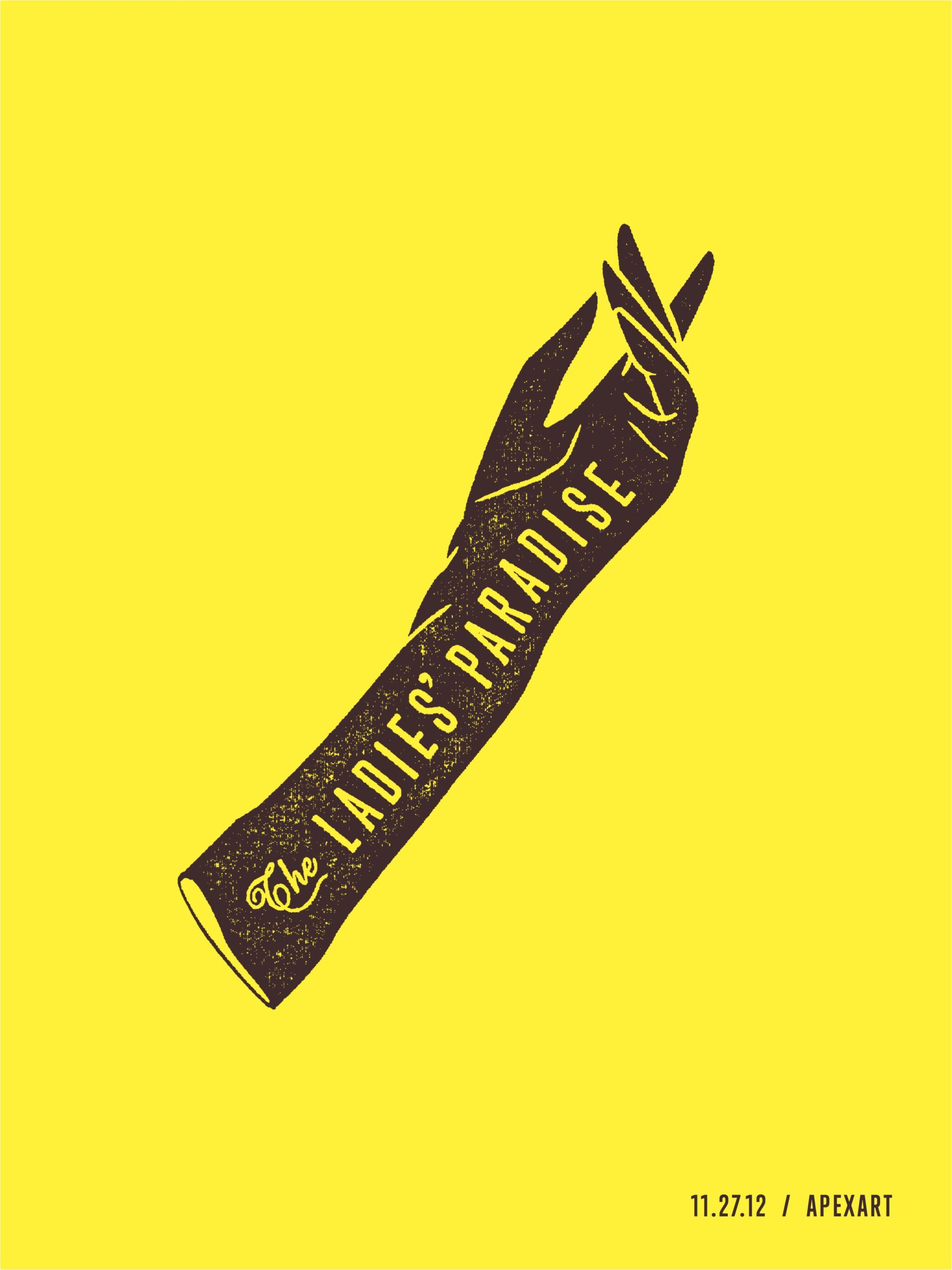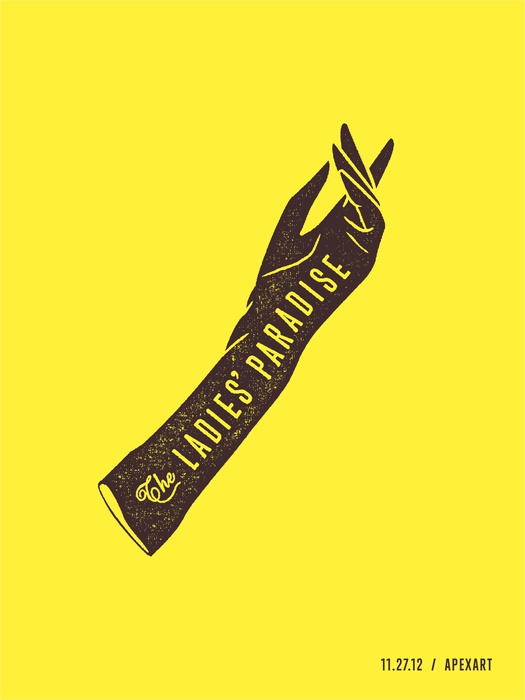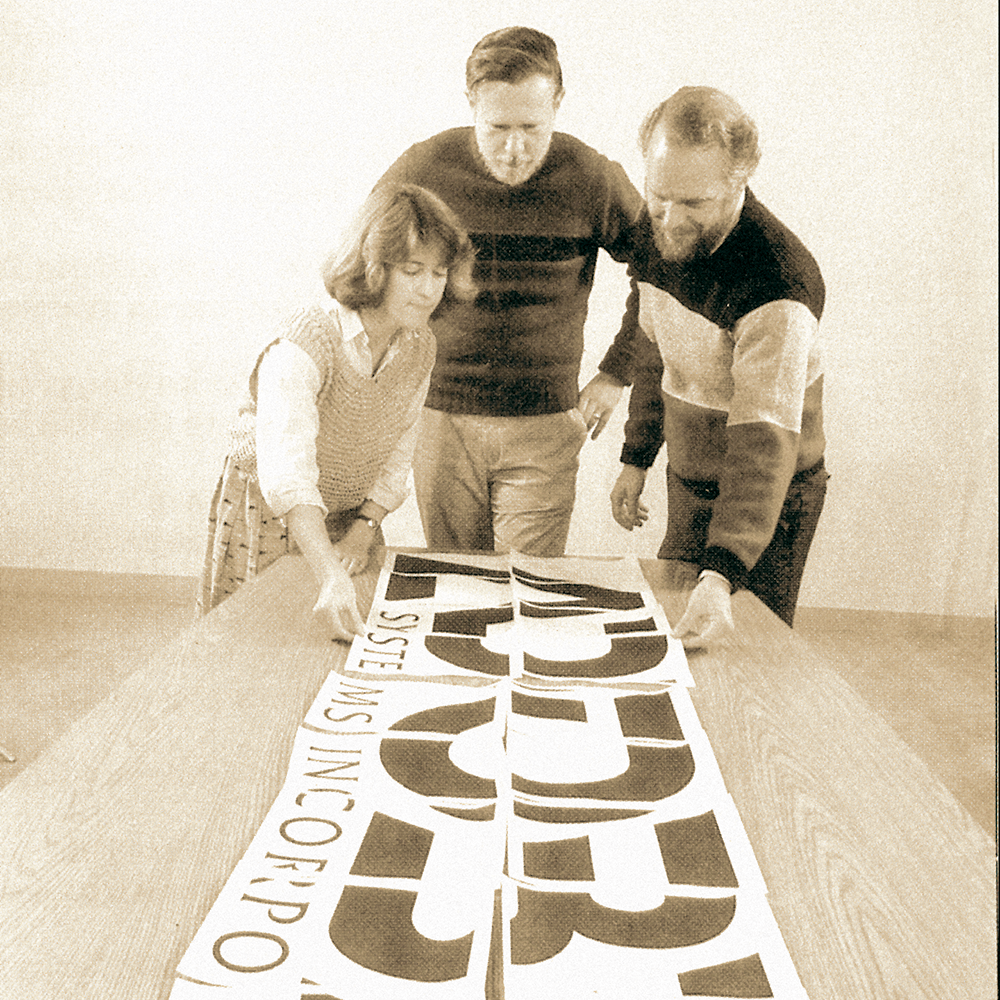
June 20, 2016
Listening to Retail

Speculative sound performance by Disquiet Junto, logo/poster by Oliver Munday
Ever spend much time listening to retail? Me neither.
By which I actually mean: Me, too. The truth is we all spend time in retail/service environments, without spending a conscious second thinking about the sound around us. Some of that sound is designed; much of it isn’t. Our ears process the mingling, but usually not in ways that focus attention.
I’m listening differently to retail lately, and here’s why. As part of a show I’m organizing for apexart in New York (more on that later) I’m pleased to have recruited Marc Weidenbaum, of Disquiet.com. Marc (who I’ve known and admired for years) has too many projects, interests, and areas of expertise for me to list here, but one his enterprises is the fantastic Disquiet Junto effort: Every week, he posts a “compositional challenge” for members of the Disquiet Junto group on Soundcloud. The group now has 815 or so members, all around the world, and these far-flung musicians and sound-crafters have created hundreds of original audio works. The project has spilled over into live events in Chicago and Denver, with more coming.
The apexart show, called As Real As It Gets, is more or less about imaginary brands and fictional products, and it includes a few commissions. (Again, more later.) In this case, Disquiet Junto, under Marc’s direction, will create “sonic branding” on behalf of an imaginary retailer: The Ladies’ Paradise, the seduction-machine of a department store at the center of Zola’s 1883 novel of the same name. More precisely, we’re positing a sort of contemporary iteration of the store — maybe you could say, “If the Ladies’ Paradise were real and existed today, how would this unique retail brand sound?”
You’ll have to wait for the full answer: the show opens November 15, and Marc will preside over a live event at apexart on November 27. (I’m also very excited that we were able to persuade the excellent Oliver Munday to create a logo for our imagined Ladies’ Paradise.)
But preliminary steps have already taken place in the Disquiet Junto Soundcloud group, and they’re fascinating. The first assignment involved field recordings made in retail environments; there were 27 responses, here. The second entailed imagining a retail space and producing a recording that sounded as if it were made there. This rather more difficult challenge yielded seven responses, here.
Some of my favorites from both assignments are here. I’ve found the listening experience to be totally fascinating, drawing into aural focus details like the mad peeping of a battery of checkout counters at a busy store, an unanswered phone that never stops ringing, the processed voices of official announcements (“Please follow the instructions on the pinpad”) and the murmer and chatter of shoppers. (All this became particularly interesting to me as I lost track of which were real field recordings, and which were artificial.)
I didn’t really realize how much the listening experience here had affected me until I found myself in a waiting room recently, at our veterinarian’s office. The machine sounds of the air conditioning, the interlocking but disconnected out-of-sight conversations, the mysterious and clicks and clunks I couldn’t actually identify: Suddenly it was all crystal clear, and oddly riveting.
Again, both these exercises are preliminary steps toward a final result that I presently cannot quite imagine. But each struck me as having a value of its own. I can’t wait to hear where it all leads.
This essay was originally published October 6, 2012.
Observed
View all
Observed
By Rob Walker
Recent Posts
Ellen McGirt|Design and Climate Change
What will we do when all the levees break? The Halls and The Streets ft. Congresswoman Barbara Lee & One Fair Wage’s Saru Jayaraman How to pitch Design Observer In the Work ft. L’Oreal Thompson Payton, Dr. Christina Bejarano, Dr. Wendy Smooth, & dancing
 Rob Walker is a technology/culture columnist for
Rob Walker is a technology/culture columnist for 


